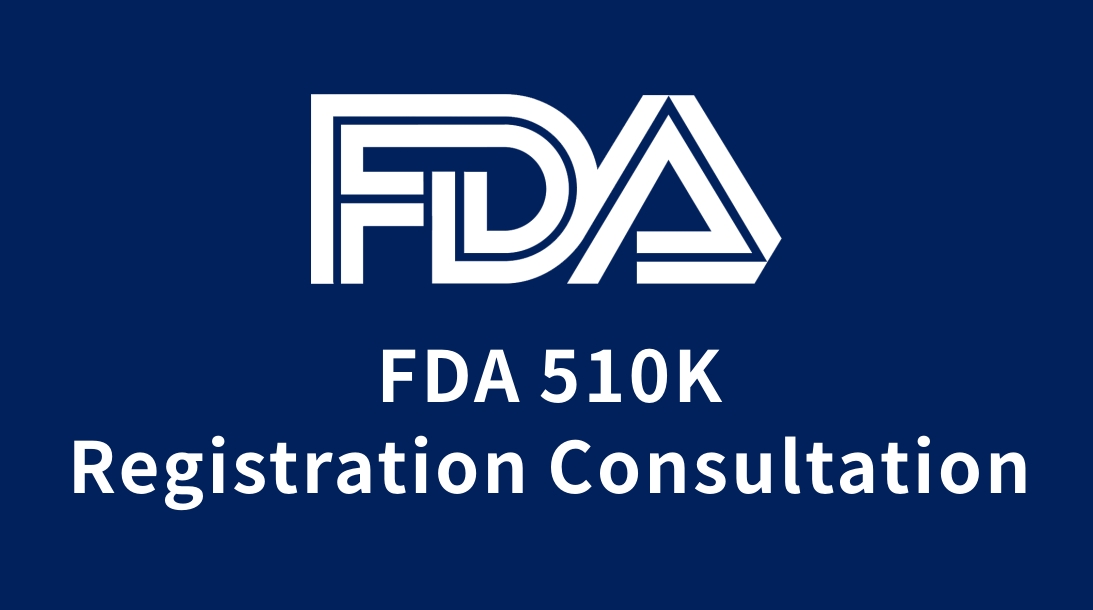The FDA 510(K) registration of a medical device is commonly referred to as a 510(K) registration because of its corresponding Section 510 of the FD&C Act. FDA 510 (k) is one of the main ways for medical devices to be listed in the United States, and the vast majority of Class II medical devices and some Class I and III medical devices are listed through this way. The FDA has a basic requirement for the information that must be included in the FDA 510(k) registration document, which includes the following 16 aspects:
1) The application letter, which should include the basic information of the applicant (or contact person) and the enterprise, the purpose of the FDA 510(k) submission, the name of the Device applying for marketing and classification information, the name of the product for substantial equivalent comparison (Predicate Device) and its 510(k) number;
2) The Table of Contents, a list (including attachments) of all information contained in the FDA 510(k) document;
3) A statement of authenticity, for which FDA has a standard sample;
4) Equipment name, that is, product generic name, FDA classification name, product trade name;
5) Registration number, if the enterprise has registered at the time of submitting the FDA 510(k), the registration information should be given, if not registered, also indicate;
6) Classification, that is, the classification group, category, management number and product code of the product;
7) Performance standards, mandatory standards or voluntary standards met by the product;
8) Product identification, including enterprise packaging identification, instruction manual, packaging accessories, product labeling, etc.;
9) Substantial equality comparison (SE);
10) 510(k) Summary or statement;
11) Product description, including the intended use of the product, working principle, power source, components, photos, process drawings, assembly drawings, structural diagrams, etc.
12) Product safety and effectiveness, including various design and test data;
13) Biocompatibility;
14) Color additives (if applicable);
15) Software verification (if applicable);
16) Sterilization (if applicable), including description of sterilization method, sterilization verification product packaging and labeling, etc.
Substantial equality comparison (SE)
A substantial equivalence comparison is to prove that the product being marketed is substantially equivalent in terms of safety and efficacy to the product legally sold in the U.S. market. Selecting the right product for comparison is a critical step in the FDA 510(K) registration application. The following considerations should be taken into account when making comparisons:
The FDA 510(k) application will not be approved unless the company provides sufficient information to demonstrate that the proposed device and the device being compared are substantially equivalent (SE).
FDA 510(K) review process
After receiving the 510(k) information submitted by the company, the FDA first checks whether the information is complete, if the information is complete, it accepts and issues confirmation to the company, and gives the application acceptance number (K YYXXXX), which will also be the number after formal approval; If it is not complete, the enterprise is required to supplement it within the specified time, otherwise it will be abandoned by the enterprise. After the FDA accepts the application, it enters an internal process, which may also require additional information from the company. After the 510(k) application is reviewed, the FDA does not immediately issue an approval letter, but determines whether the enterprise is subject to on-site GMP assessment according to the product risk level and whether the market has a negative reaction to the enterprise before, and then issues a formal approval letter to the enterprise after the assessment is passed. If an on-site GMP test is not required, a formal approval letter will be issued immediately after the 510(k) application is approved.




